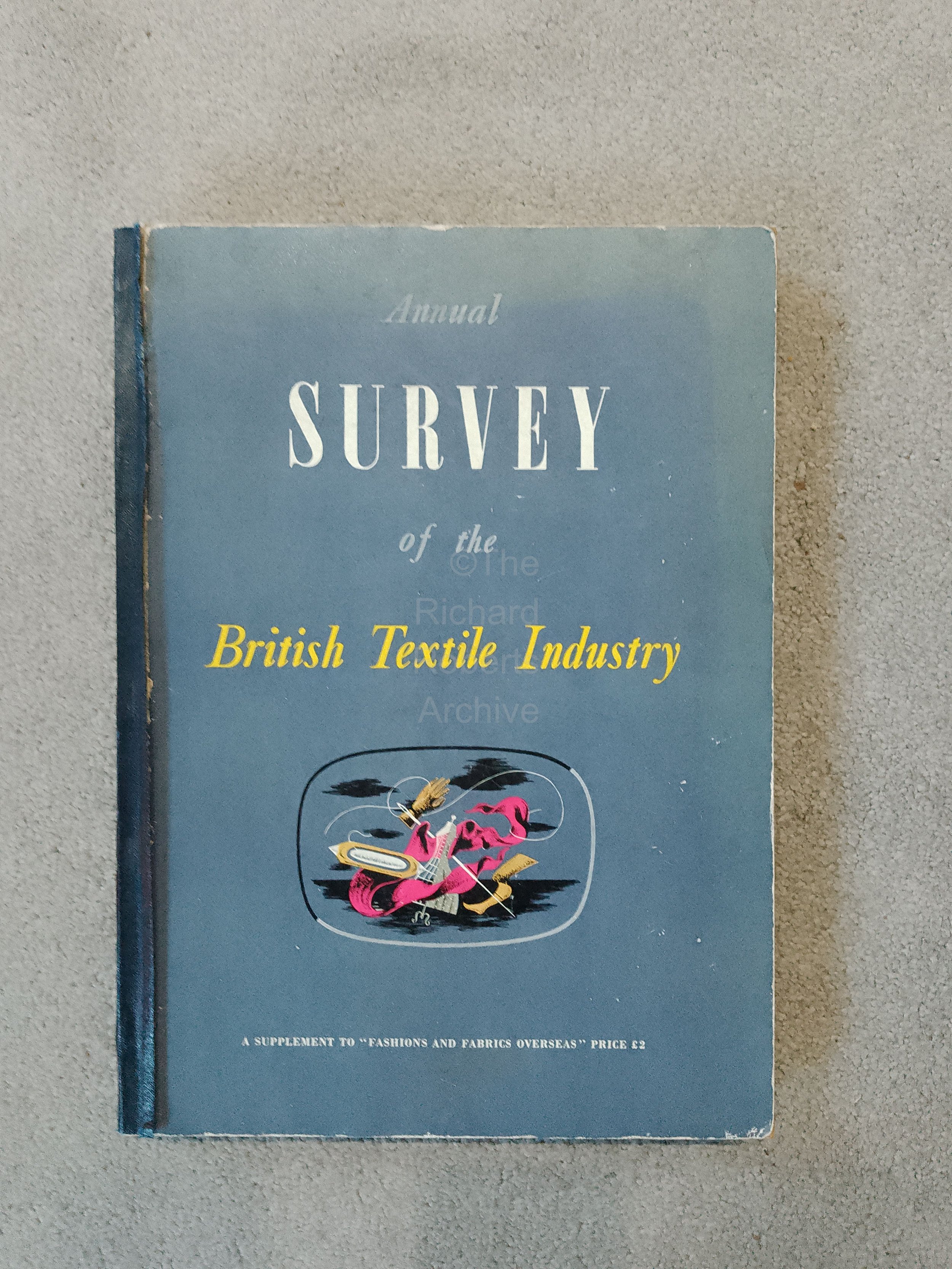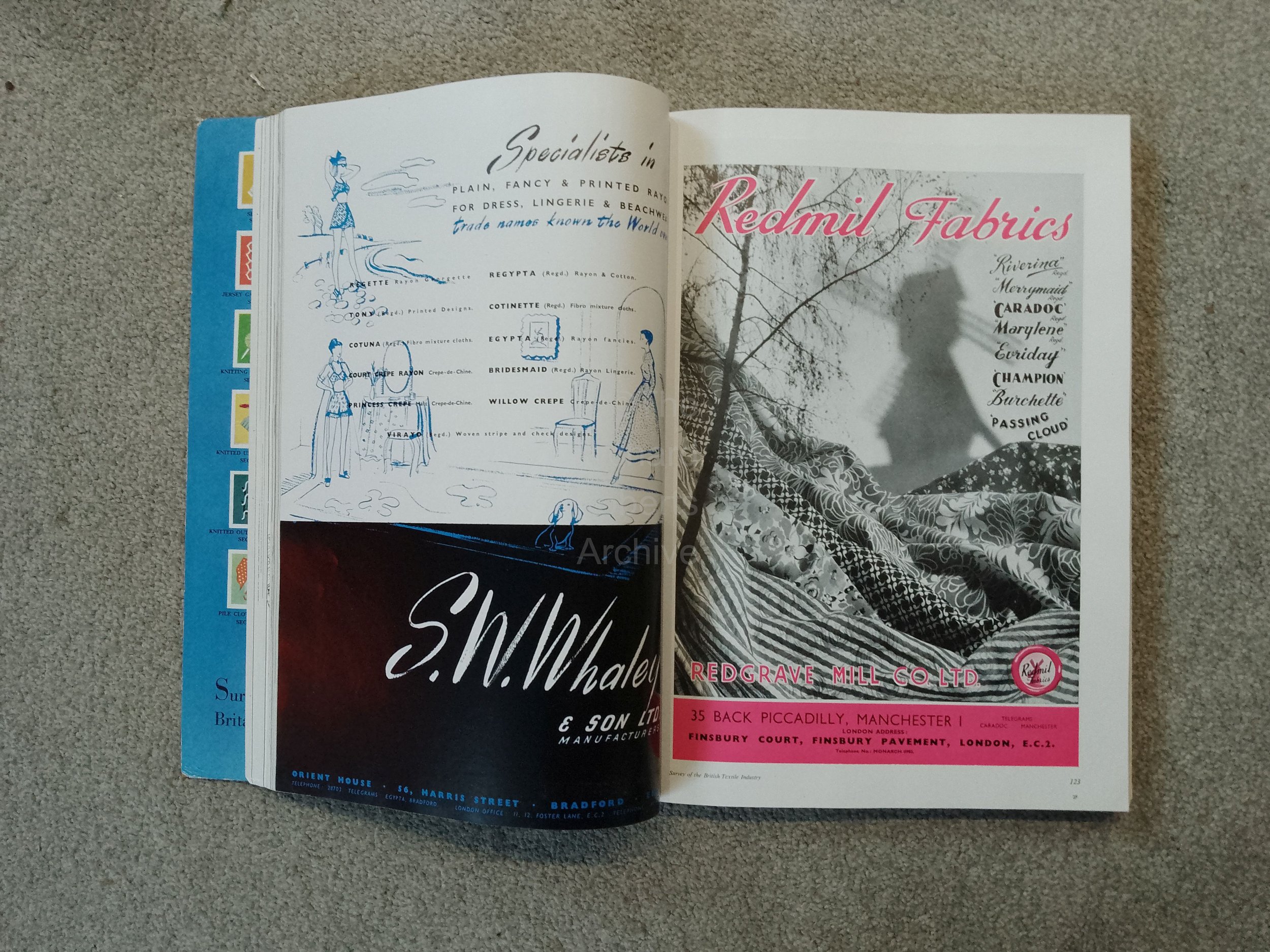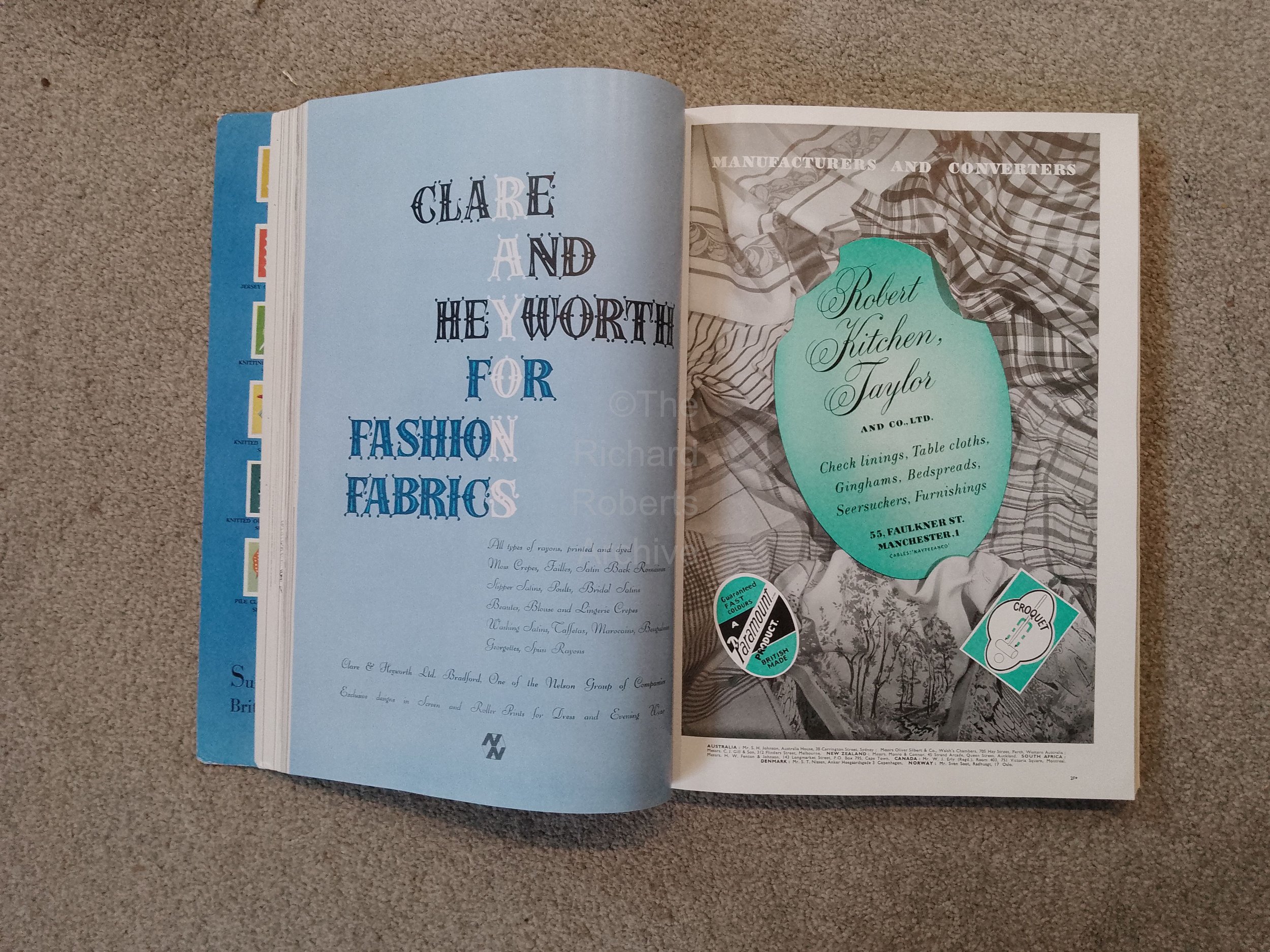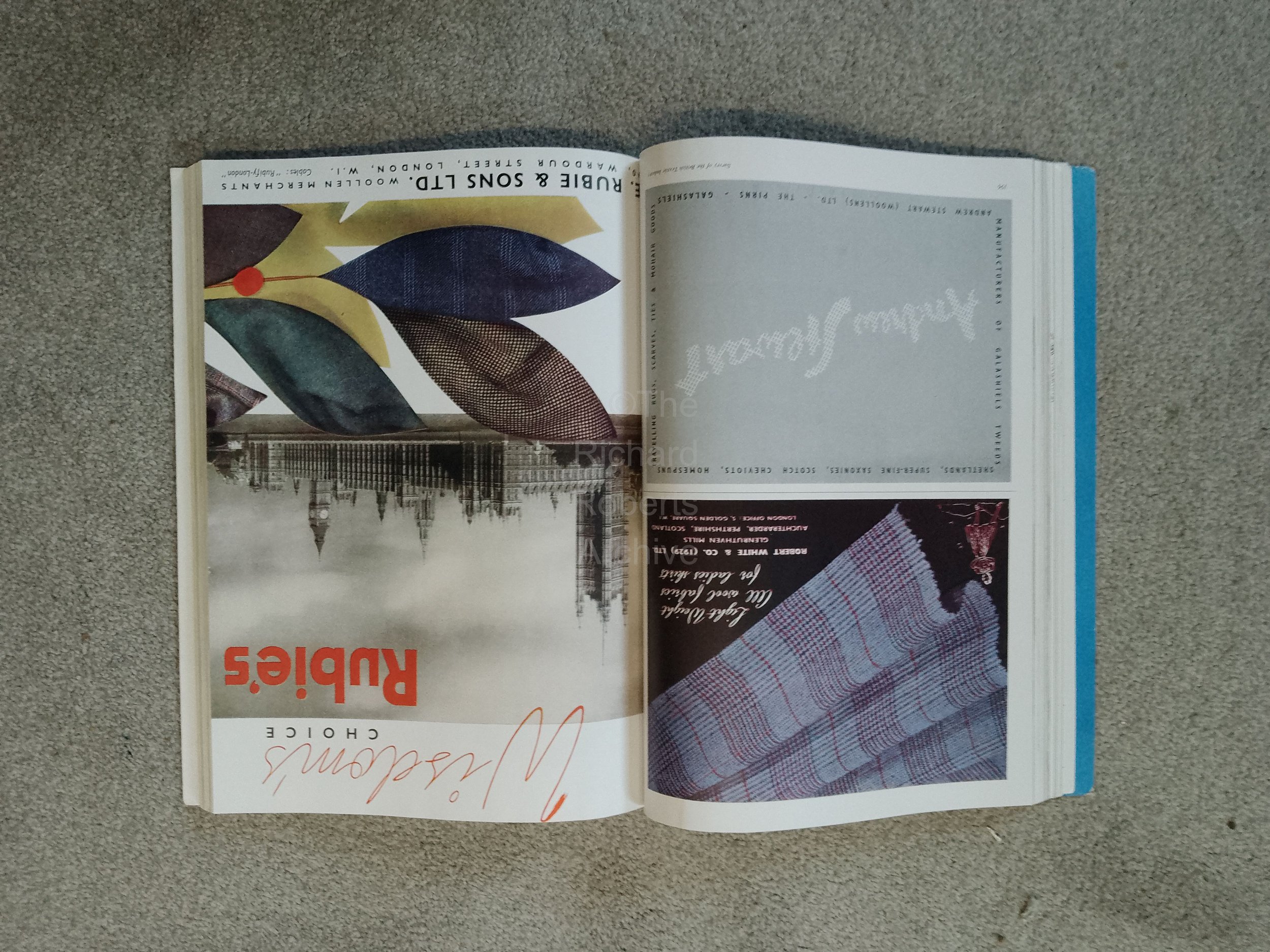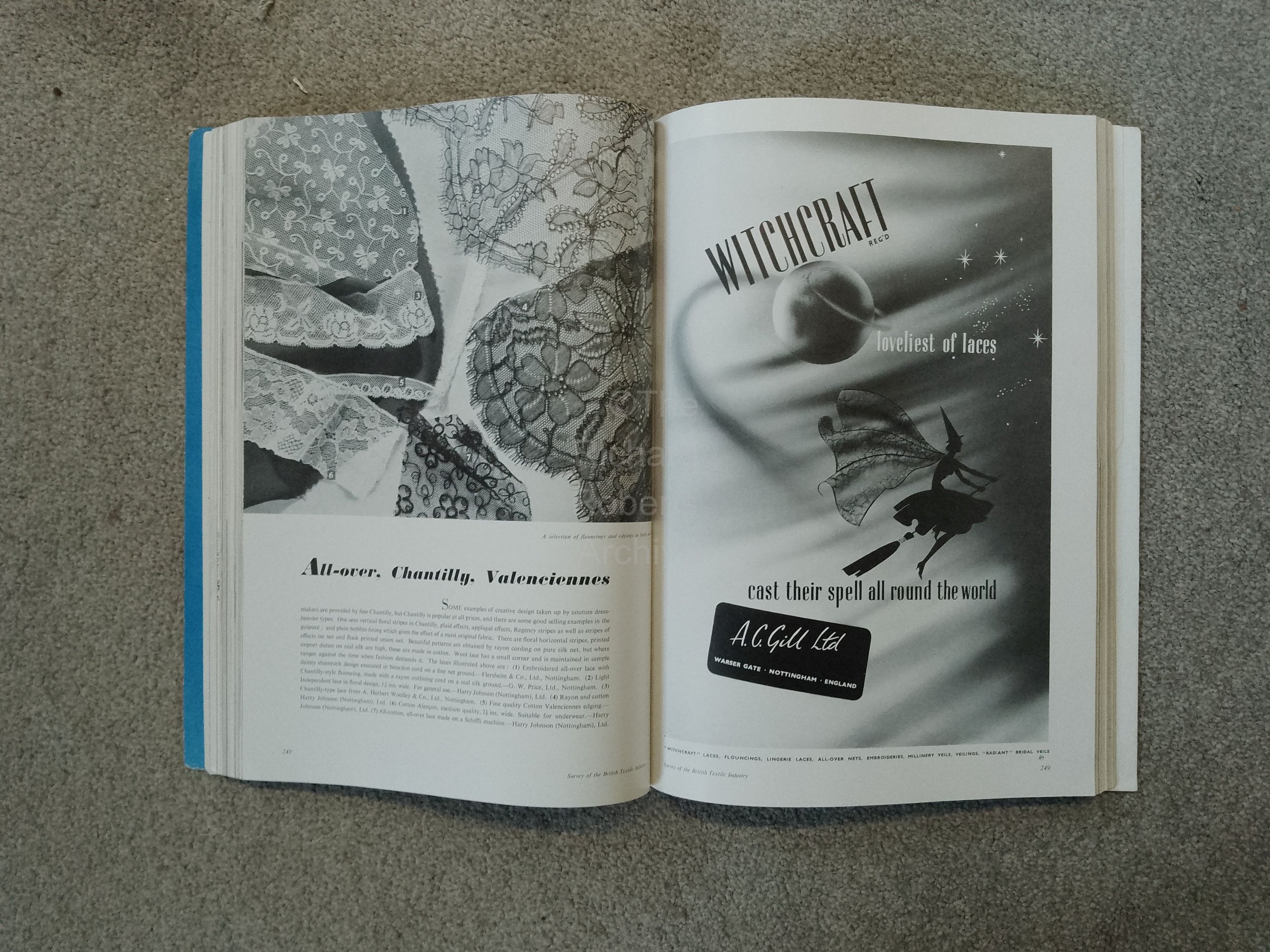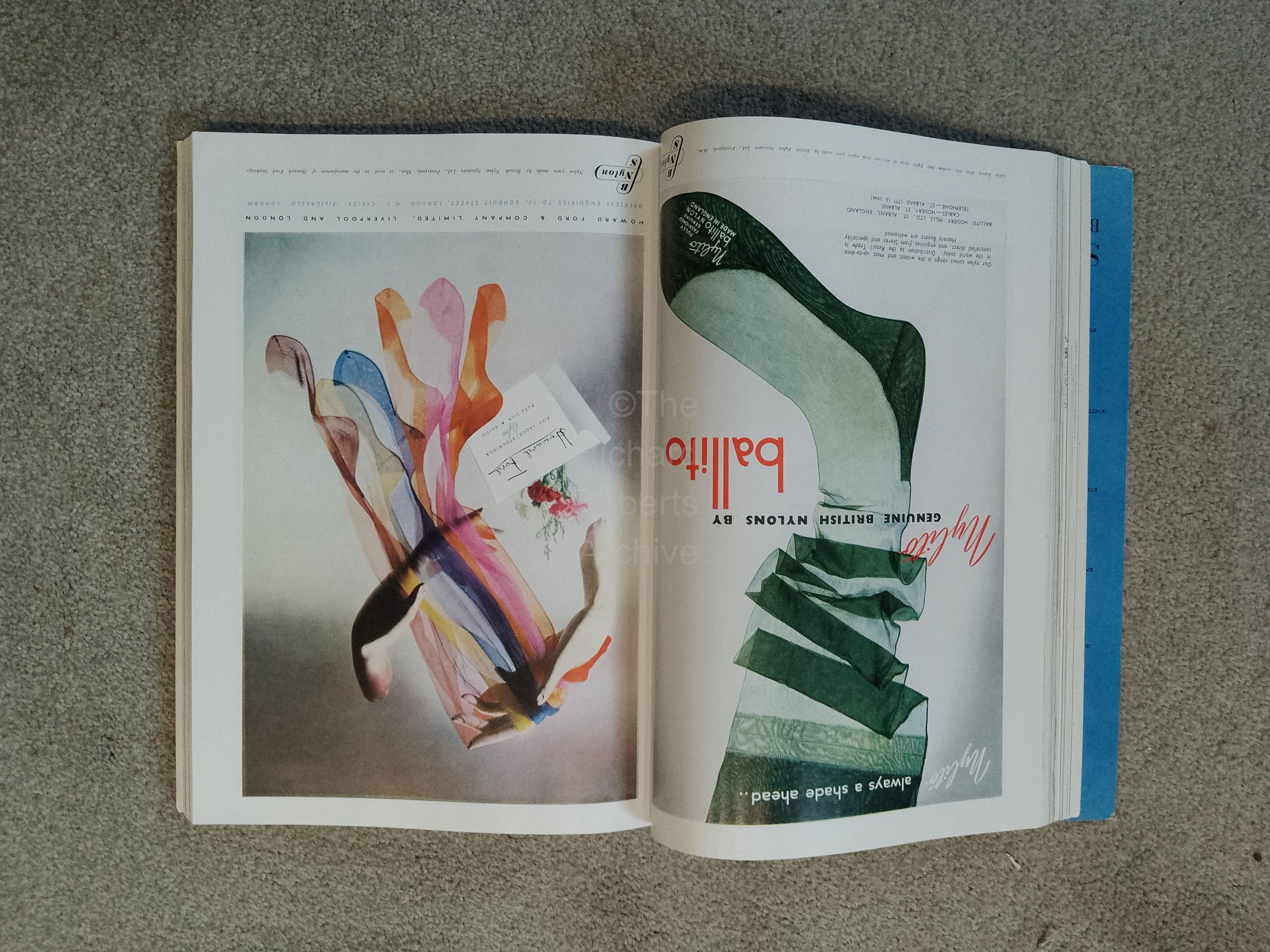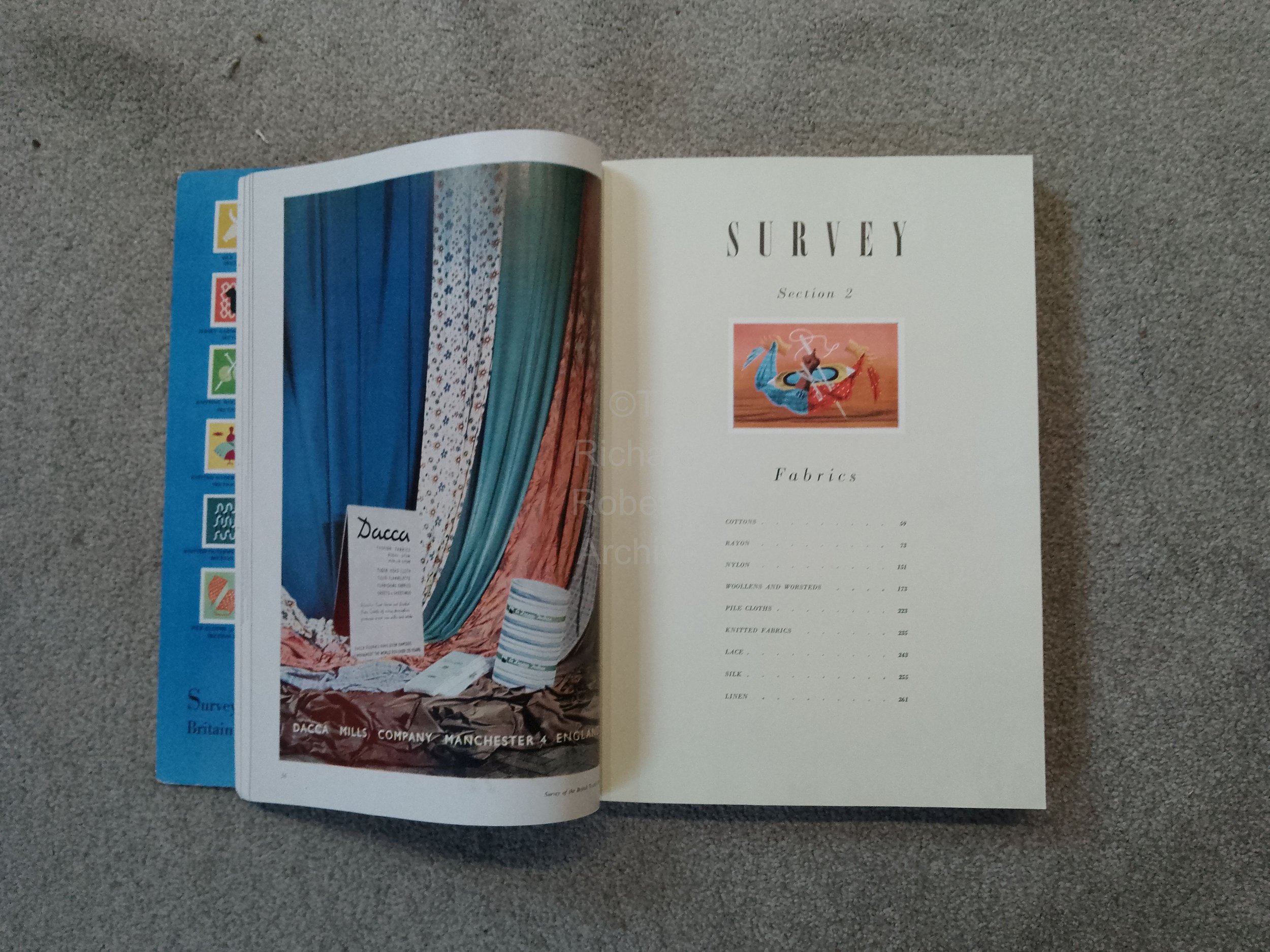Latest Acquisitions (Jan 2023)
The Licensed Victuallers Official Annual 1912
This annual of the Incorporated Society of Licensed Victuallers is the 19th edition to have been published and contains a fascinating insight into just how much work the association did.
Did you know that they maintained a school “for the purpose of educating and maintaining the children of members of the Trade unfortunate in business or whose premature death deprived their offspring of parental care”? The school opened in 1803 with the present building being completed in 1837 and could house up to 250 students up to the age of 15.
Did you also know that they had an Asylum (also with His Majesty the King as patron) which was founded in 1827? The Asylum (or Almshouses as we would know them) consisted of 176 individual houses, a chapel, Board and Court rooms and provided a home and maintenance for 220 members.
In addition to this the annual provided its members with reams of information on licensing and the law, a calendar and diary and of course copious advertisements appealing to the trade. The annual itself appears to have been sponsored by Meredith and Drew the biscuit makers who have front and rear cover adverts together with internal adverts (I particularly like the Cheese Sandwich Biscuits advertisement with its strap line “The Biscuit that Takes the Cake”).
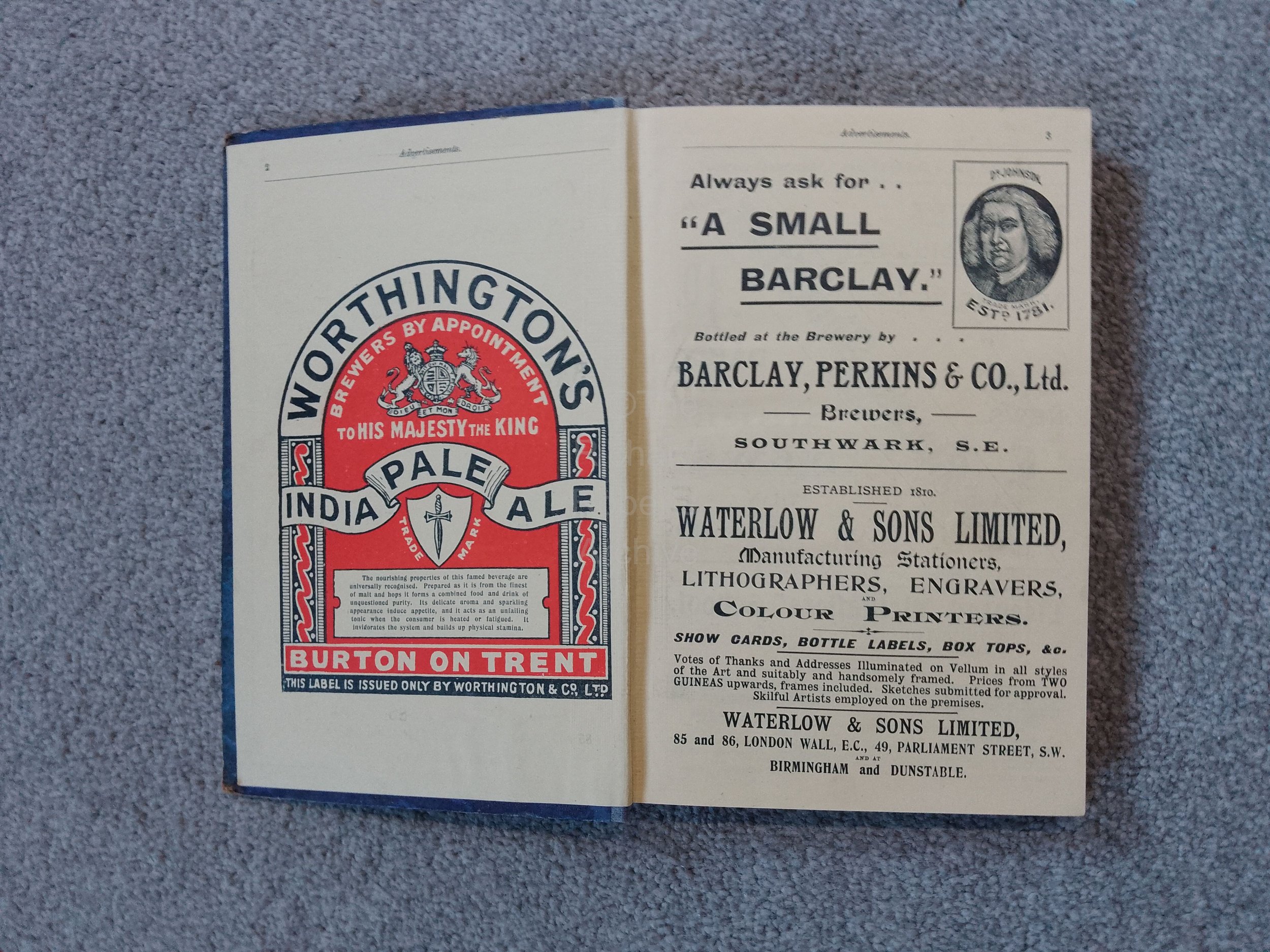

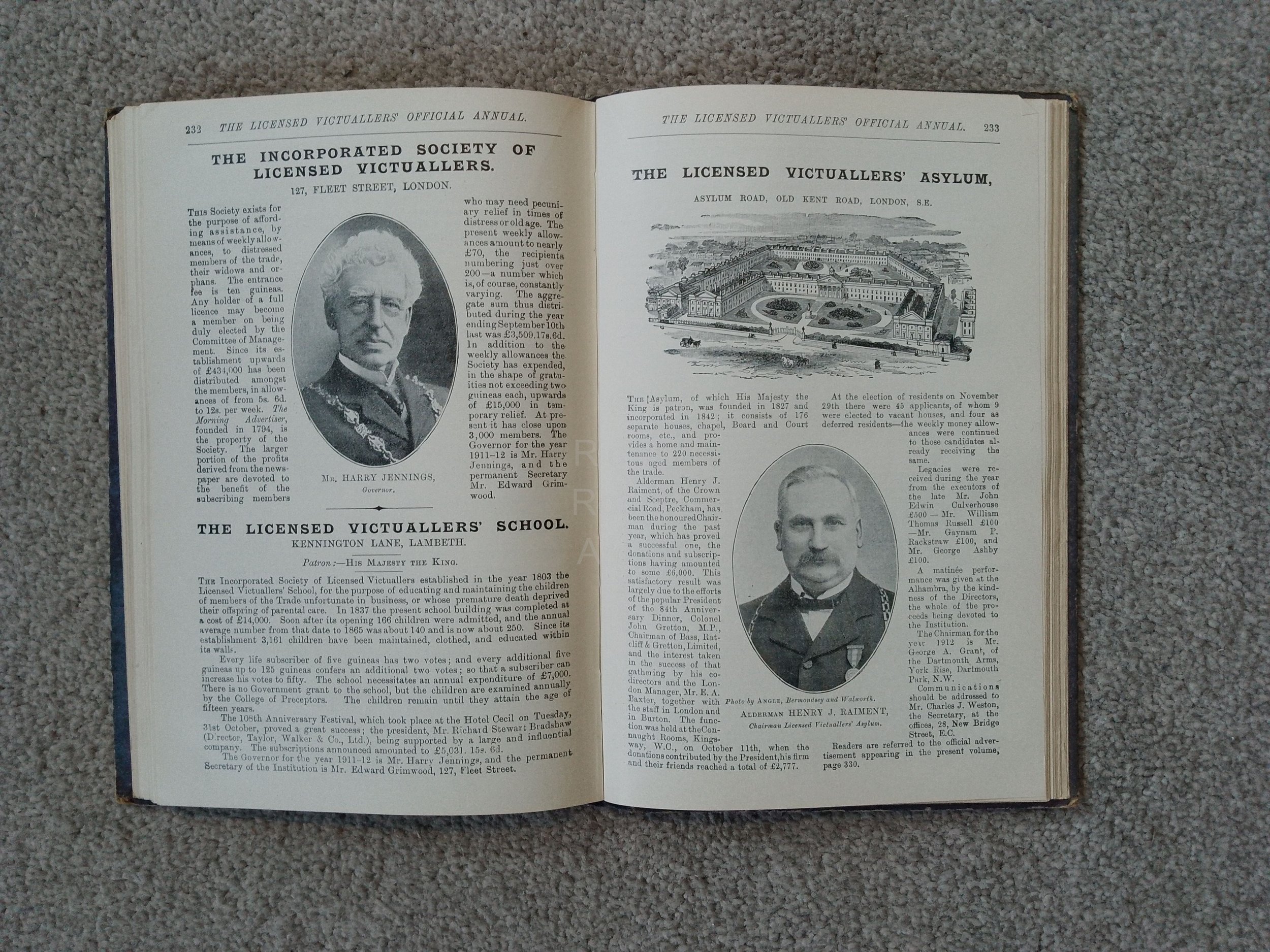
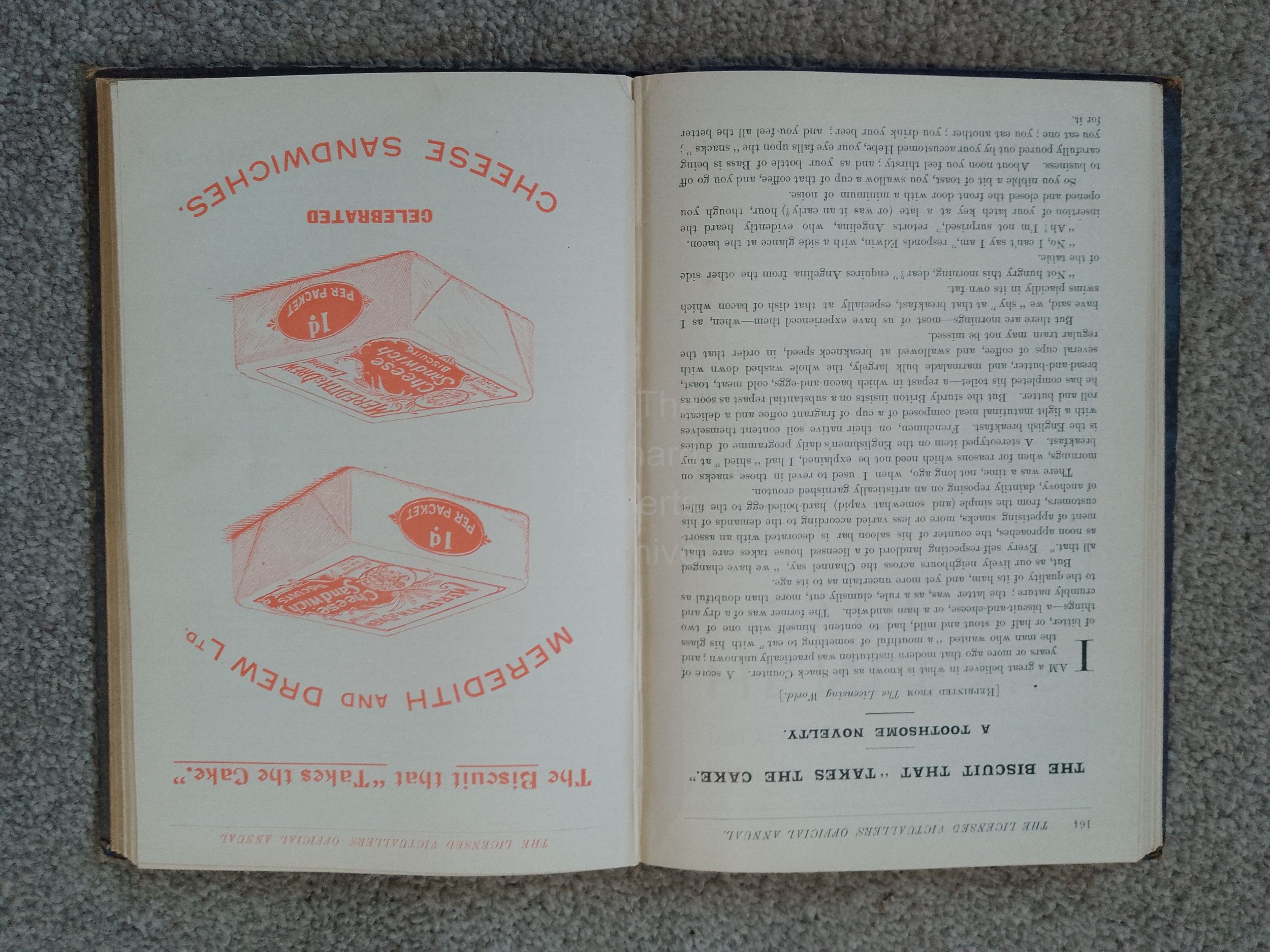
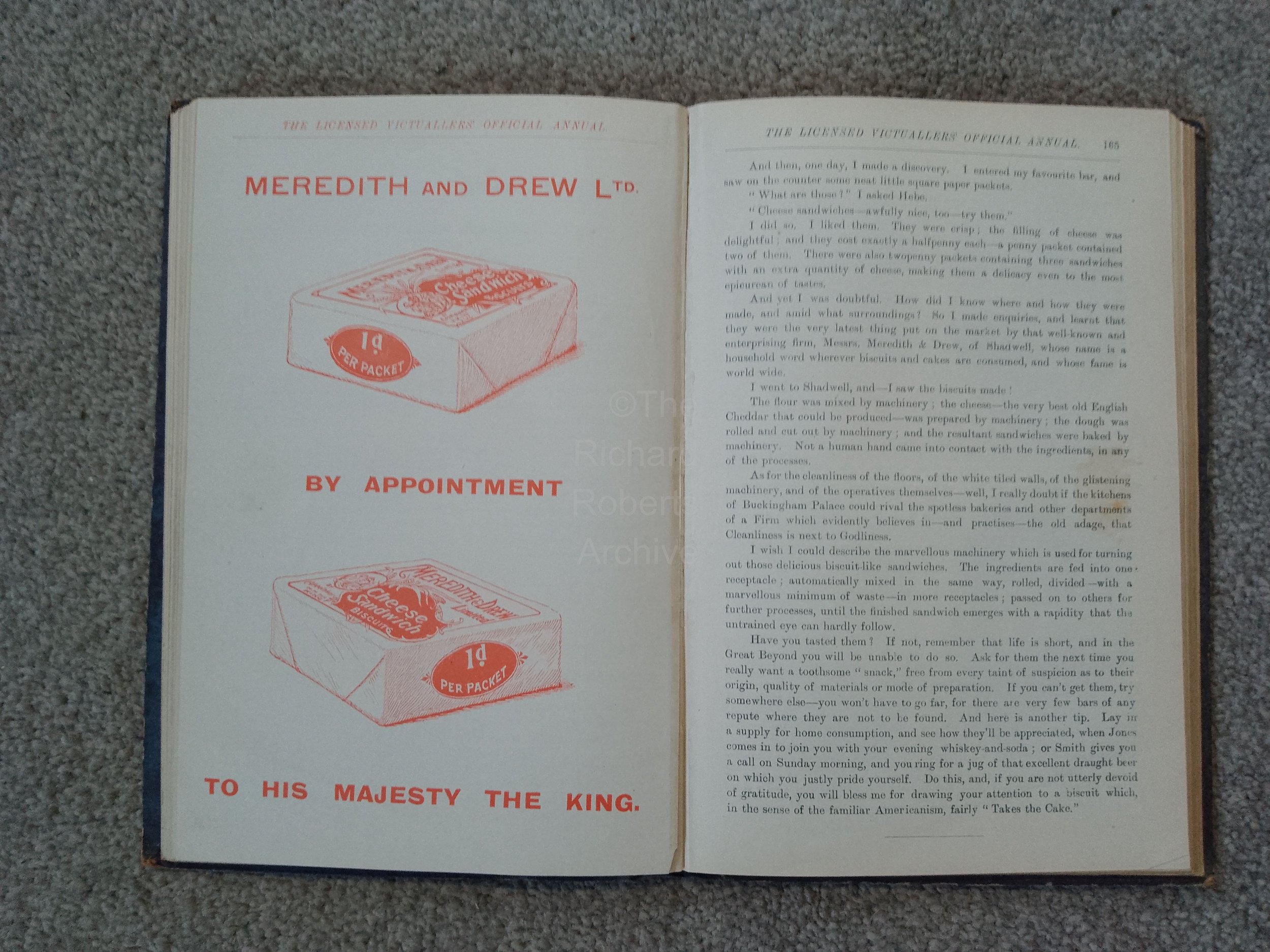
Knights of the Wheel 1932 by Alfred Edgar
Published initially in 1931 this edition is a reprint from July 1932. (There is also a 1936 copy which I have purchased and whose arrival I am awaiting.). Each edition appears to have a different cover; some even have a dust jacket. The book itself is a children’s story book but we purchased it for its lovely cover, created by the illustrator STEVENS. Inside there are a three black and white plates by ELLIS SILAS (according to Tony Clark’s Motoring Art website there should be four black and white plates and one colour plate by ELLIS SILAS).
Annual Survey of the British Textile Industry 1948
To quote the frontispiece this is “The buyers’, traders’ and importers’ guide to the British textile industry, containing full details of textile and fashion merchandise available for overseas, and their sources of supply”.
For us at the archive it is a goldmine of advertising, most of which is in glorious colour and which gives a fascinating insight into the depth and breadth of the British textile industry in post-war Britain of the late 1940s.
A curious selection of French tins
In Settle during the Christmas break Richard managed to find some fascinating French examples of tins with delightful printed graphics and advertising text.
The first find was a pair of tins for boiled sweets known as Bêtises de Cambrai. "Bêtise" is French for "nonsense" or "stupid mistake" and the sweets are said to have been invented by accident around 1850 when an apprentice confectioner got the cooking process wrong. Two confectioners claim to be the original inventors: Afchain and Despinoy. The original flavour is mint, but many others are now produced. Stripes of caramel (made from sugar and glucose syrup) are added to sweeten the taste of the mint. The original (metal) boxes sold by Afchain were emblazoned with the slogan "Non!...Mais goutez moi ça" ("Get a taste of this") along with "Afchain seul inventeur" ("Afchain sole inventor") – and one of the tins has exactly these words. Most remarkably, the other tin is from Despinoy – and displays their equally forceful claim to be the inventors: (“Beware of Counterfeits” appears on the base.) The graphics on the tins point to a date during the so-called Belle Époque between 1880 and World War I – but outdated designs often continued on such containers, so we cannot be sure.
The next find is certainly from a later period: a tin for an O-Cedar polishing mop. Originally a manufacturer of wood polishes and waxes established in Chicago in 1906, the O-Cedar company soon realised that handle-mounted applicators would enhance the cleaning performance of polishes and waxes. Soon after, O-Cedar broom and mop sales quickly surpassed, and eventually displaced, the sales of the polishes and waxes and O-Cedar has been producing easy-to-use cleaning products ever since. The name “O-Cedar” originally came from the use of leaves of cedar trees in the oil products. The graphics on the tin – in particular the image of the woman – clearly date from the 1920s. The words “A Frange Démontable” (“With removable fringe”) refer to the ability to pour liquid polish onto the fringe, from which it soaks down into the mop. The fringe can be removed for washing.
Research and translation by Peter Moss





